ECG Cases 40 – Approach to Spontaneous Coronary Artery Dissection (SCAD)
ECG Cases
FEBRUARY 28, 2023
Jesse McLaren on when to consider Spontaneous Coronary Artery Dissection (SCAD), which patients are at risk for reocclusion, and the challenges of diagnosing SCAD in patients who have nonischemic ECGs despite silent occlusion, occlusions perfused by collaterals, or from non-occlusive MI on this ECG Cases.

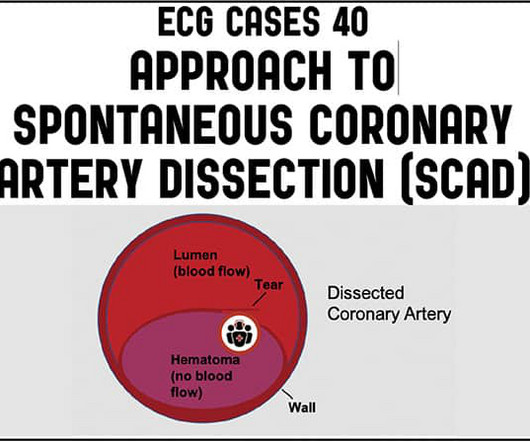
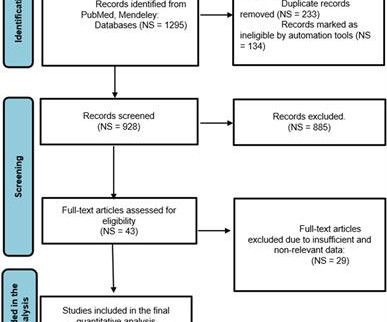

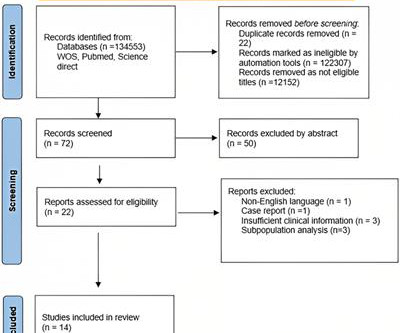
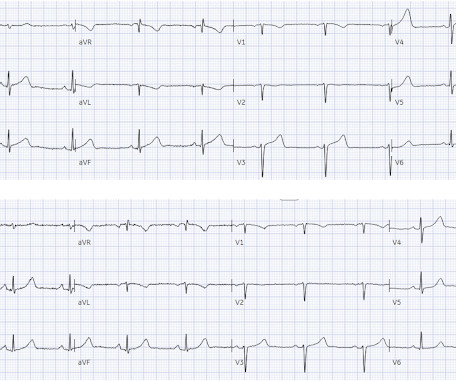
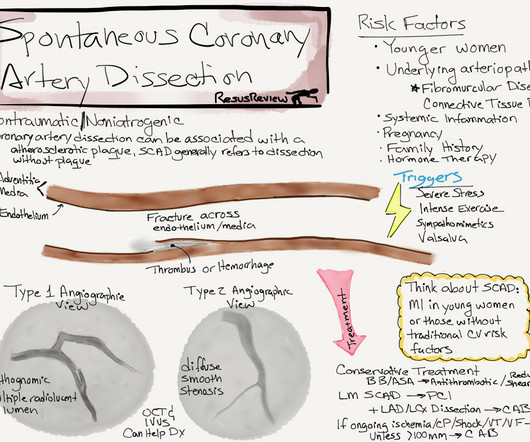
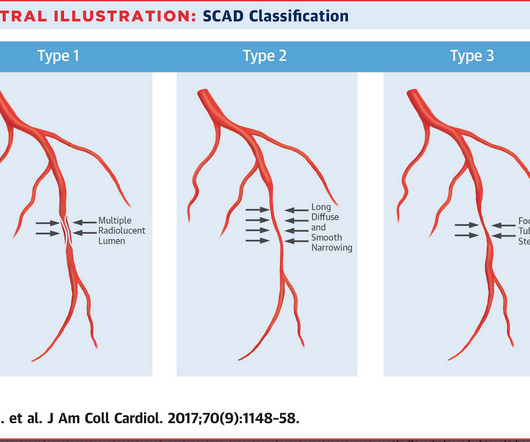
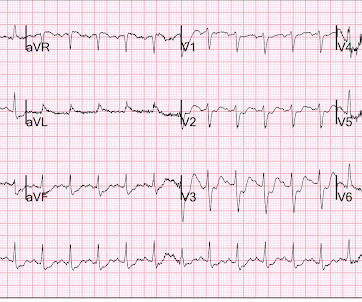
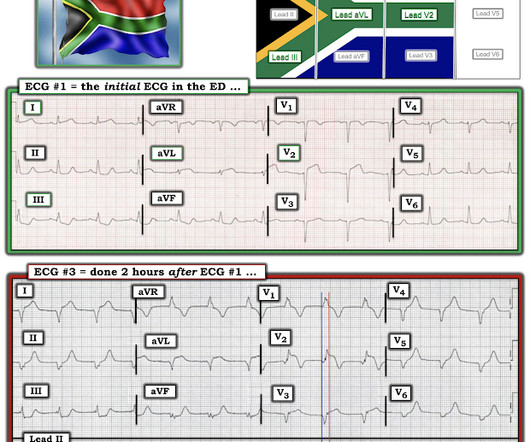

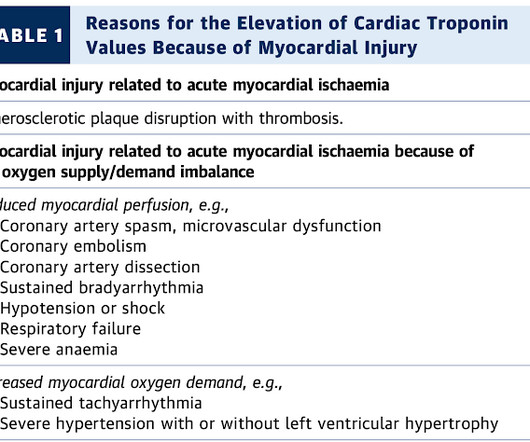






Let's personalize your content